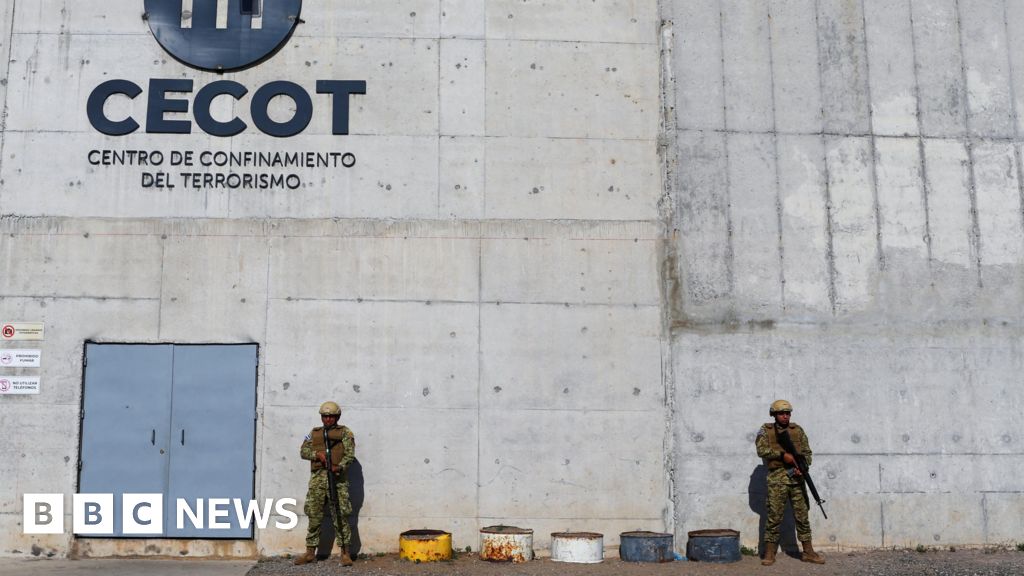ARTICLE AD BOX
image sourceAFP
image captionThe Paraná river is at its lowest level since 1944The water levels of the Paraná river, the second-longest in South America after the Amazon, are at their lowest since 1944.
The river is key to commercial shipping and fishing but also provides 40 million people with drinking water.
A drought in the region means water levels have dipped so low that fishers' livelihoods are at risk.
Environmentalists fear that the drought has been made more severe by deforestation and climate change.
The Paraná is 4,880km (3,032 miles) long and flows south from south-east Brazil through Paraguay and Argentina.
It merges with the Paraguay and Uruguay rivers to form the Río de la Plata Basin.
"The Paraná is the largest, most biodiverse and the most important socio-productive wetland in Argentina," geologist Carlos Ramonell told the AFP news agency.
Southern Brazil, where the Paraná's source is located, has seen three years of below-average rainfalls.
image sourceReuters
image captionThe Paraguay river is also running very lowAs a result, the Parana's flow rate has dropped from an average of 17,000 cubic meters a second to just 6,200.
The low water levels are causing problems for energy production with the hydroelectric plant that spans the Parana river between Argentina and Paraguay running at only 50%.
It is also hampering the transport of goods with ships not able to load up fully in case they run aground.
The Paraná is a key waterway for the transport of grains and the situation is forcing exporters to consider using land routes.
Forecasters say the drought could last until 2022.

 3 years ago
94
3 years ago
94








 English (US) ·
English (US) ·